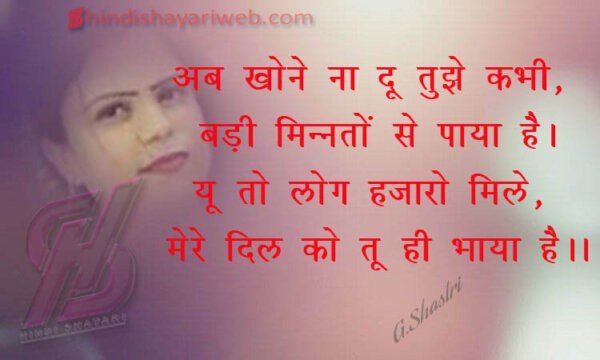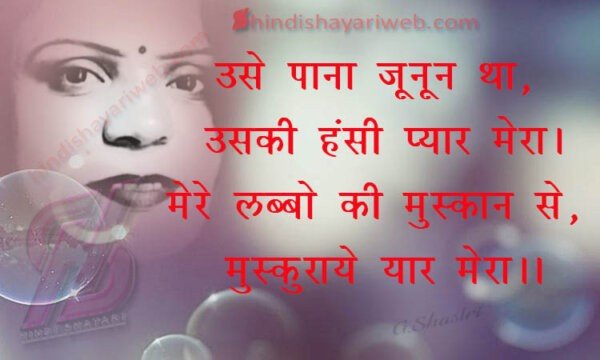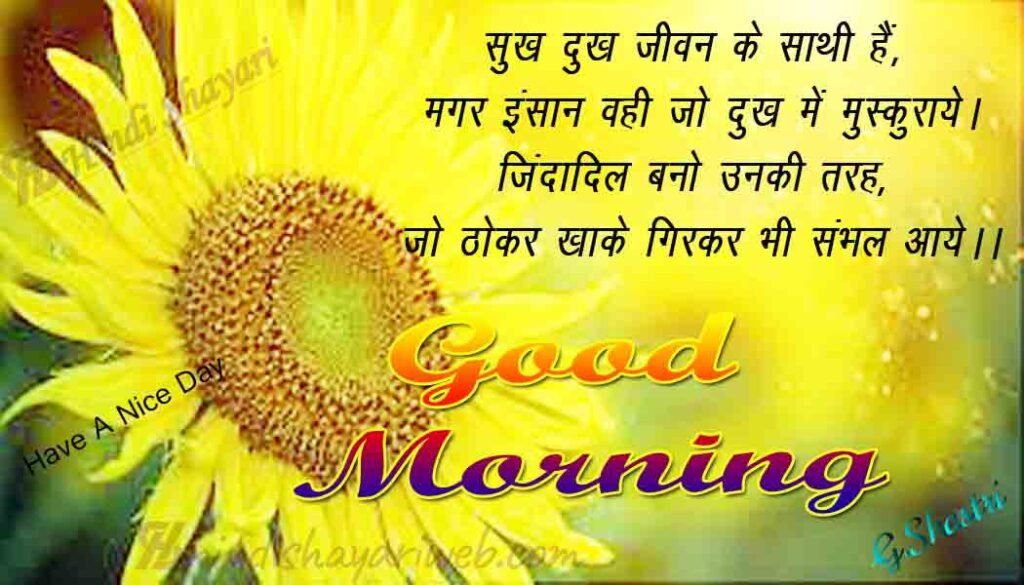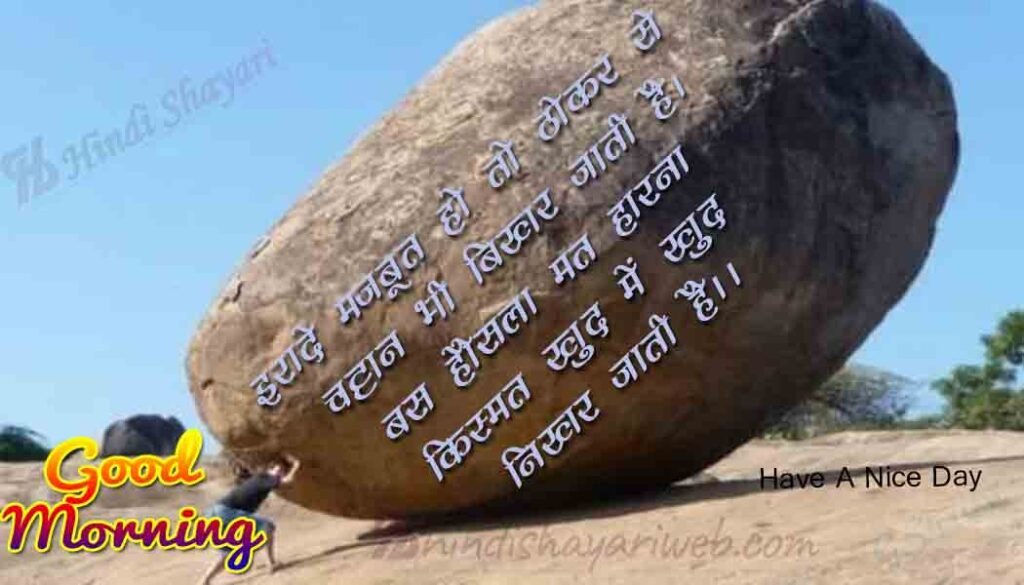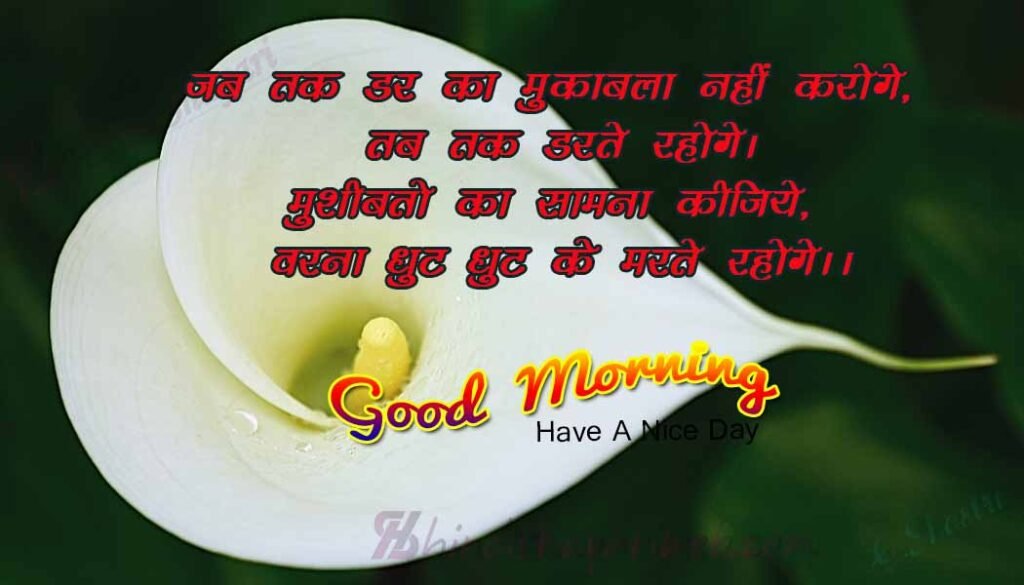Table of Contents

Love Sad Shayari in Hindi And English | 100+ सैड शायरी हिंदी में
Love Sad Shayari in Hindi – तुझसे जुदा क्या तुझसे…
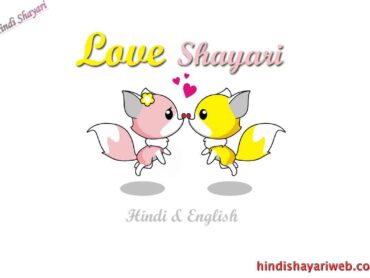
BEST Love Shayari in Hindi – लव शायरी हिंदी में
Love Shayari in Hindi – जानते नहीं के जानते नहीं…

Happy New Year 2022, Wishes, quotes hindi and english to share with your friends and family
Happy New Year 2022 Wishes For Friends सुख समृद्धि सफलता,…

Happy New Year Image | Wishes Hindi And English
Happy New Year – wipe out covid-19. गुजर गए जो…

Best New Year Wishes to Send to Friends and Family in 2022
Best New Year Wishes – “इंसानियत भर दे दिलों में,”…

Love Sad Quotes | Emotional Two Line Shayari
Love Sad Quotes – “तकलीफ” वाह रे उपरवाले, तकलीफ देने…

Good Morning Quotes to Start Your Day
Good Morning Quotes सफलता के लिए हूनर जिसे आता है…

Love Sad Shayari | Latest Love Sad Quotes With Photo
Love Sad Shayari – आरजू के तू मुस्कुराये आरजू के…

Selfish Love Sad Shayari Photo in Hindi And English
Selfish Love Sad Shayari – ज़िंदा था दिल ज़िंदा था…


